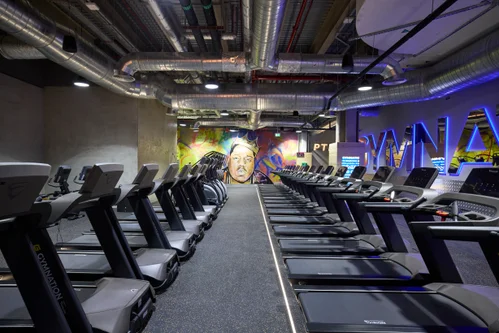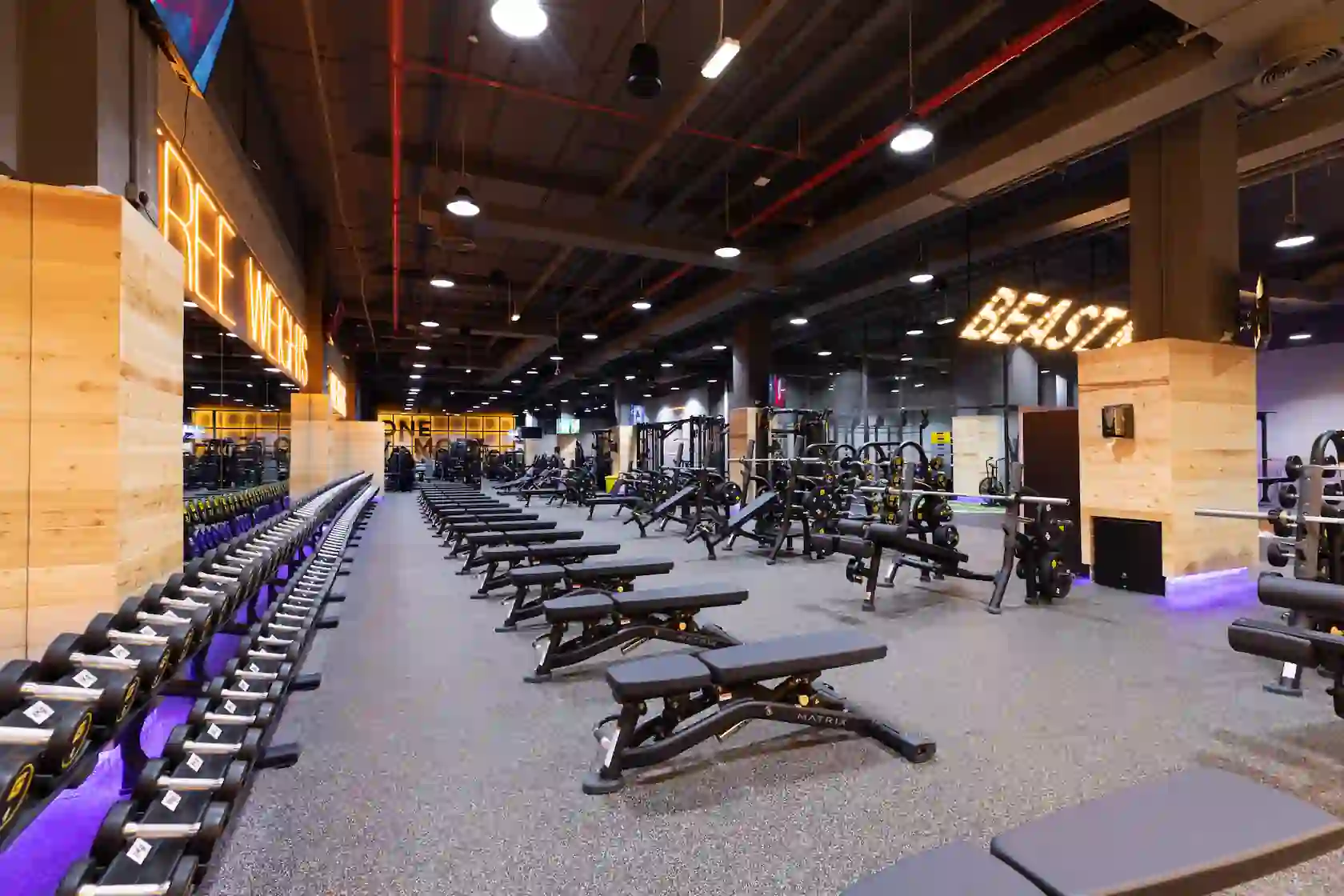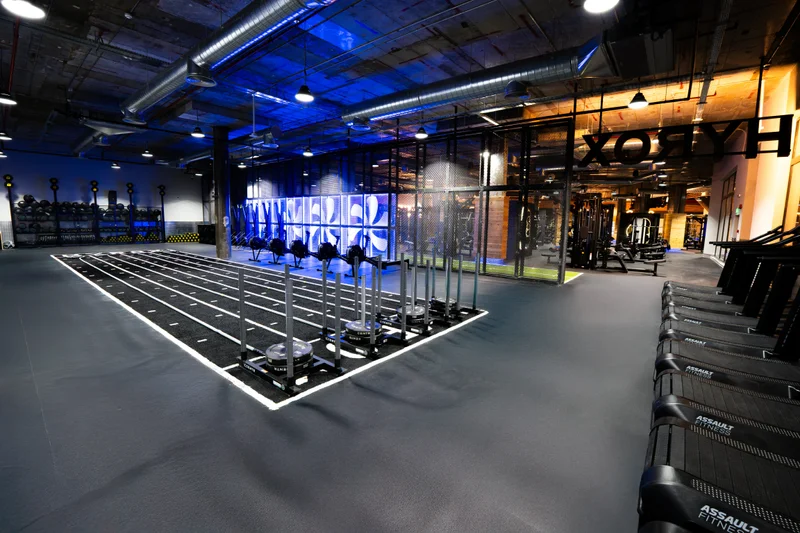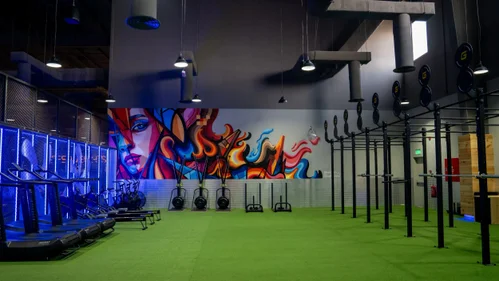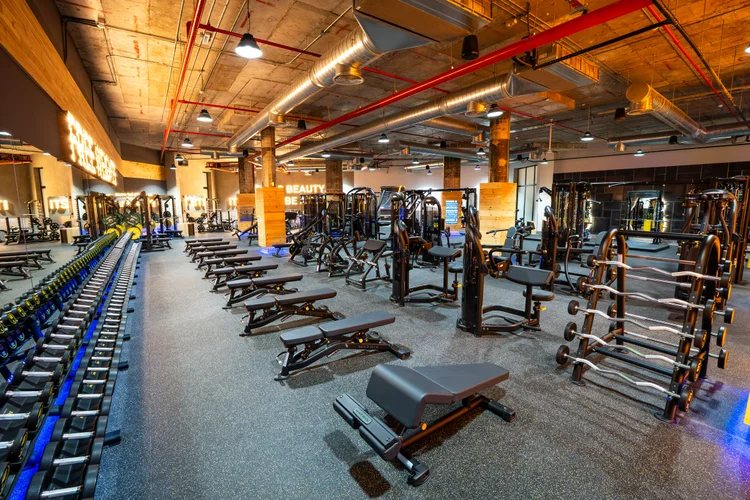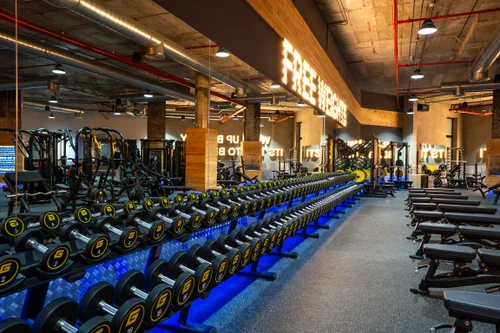The Dangers of Overtraining and How to Stay Safe

SIGN UP FOR YOUR FREE DAY PASS TODAY!
Social media is bursting with fitness trends, from intense workout challenges promising quick results to motivational phrases urging you to push your limits.
While these seem inspiring, going too hard at the gym without proper guidance can lead to serious consequences.
Overtraining and unsupervised, high-intensity workouts can invite injuries, burnout, and long-term damage to your body. Here’s what experts have to say about the risks and how to exercise safely.
Read Also: Amaka's 5-Step Guide to Weight Loss Success
The Risks of Overtraining
1. Overtraining Syndrome
One of the biggest risks of excessive exercise is overtraining syndrome. Dr. Mayank Vijayvargiya, Consultant Orthopaedics at P. D. Hinduja Hospital, explains that this condition occurs when the body doesn’t get enough recovery time.
Overtraining can disrupt sleep, leave you feeling constantly fatigued, and even lower your immunity.
He highlights findings from a 2020 study published in Frontiers in Physiology that showed how intense workouts, especially for beginners, can upset hormonal balance and strain the heart.
Dr. Vijayvargiya also warns that unsupervised workouts can lead to conditions like tendonitis, muscle strains, joint pain, and stress fractures—far more common than you might think.
Read Also: The HHF Method: Strength Training for Busy Women
2. Damage to Bones and Muscles
Pushing beyond your physical limits can take a harsh toll on your bones and muscles. Dr. Abhijit Agashe, Orthopedic and Joint Replacement Surgeon at Sahyadri Super Speciality Hospital, notes that overtraining disrupts the body’s natural bone remodeling process.
This process constantly replaces old bone tissue with new, but excessive training—especially in high-impact sports—can hinder this cycle, leading to stress fractures and even osteoporosis.
“Overtraining puts extra pressure on the body’s core structure—the bones and muscles—which can result in issues like tendonitis and bursitis (inflammation around the joints),” Dr. Agashe explains.
Muscle groups can become overworked, causing strain, swelling, and persistent pain in areas such as the shoulders, knees, and hips.
3. Poor Posture and Injuries
Improper form during heavy lifting or high-intensity exercises also poses serious risks. Dr. Agashe warns of issues like herniated discs and injuries resulting from poor alignment in movements like squats or lunges.
These misalignments can overload joints, increasing the chances of sprains, tears, and ligament damage.
Relying on motivational mantras to “push through the pain” can amplify the problem. Pain should never be ignored, as it indicates that the body is struggling and needs rest.
Ignoring these signals raises the risk of tendinitis, stress fractures, and muscle imbalances—where some muscles are overworked, while others are underused, leading to joint strain.
Read Also: Japanese Walking: A Simple Path to Fitness
How to Work Out Safely
1. Get a Personalized Workout Plan
Avoid cookie-cutter routines from social media and recognize that what works for one person may not suit your individual needs. Dr. Vijayvargiya advises building a personalized workout plan tailored to your age, fitness level, and goals.
“Start slow, focus on how your body feels, and never skip rest days,” he suggests. A certified trainer or physiotherapist can help design a plan that works best for you.
2. Prioritize Proper Form
Maintaining good posture is essential to prevent injuries. Dr. Agashe emphasizes using correct techniques, especially during exercises like squats or lunges that involve loading the joints.
Ensure that your movements are fluid and properly aligned to avoid unnecessary strain. Working with a trainer can make a world of difference in perfecting your form.
3. Build Rest into Your Routine
Downtime is critical for recovery and growth. Sleep is especially important as it helps repair muscles and bones by releasing growth hormones.
Active recovery—such as walking, swimming, or yoga—also enhances flexibility and circulation without overburdening your body.
Dr. Agashe reiterates, “Rest is where real progress happens. Pushing too hard without giving your body time to recover will backfire, increasing injury risks and hindering long-term performance.”
What's your go-to workout time?
The Bottom Line
While motivation is essential for fitness, it’s just as important to know your limits. Avoid comparing yourself to others or following generic workout advice from social media.
Respecting your body’s needs, taking rest days, and seeking professional guidance can help you avoid overtraining and achieve sustainable fitness goals.
Remember, staying safe and consistent is the secret to long-term success in any fitness journey.
Source: hindustantimes
The opinions shared in the GymNation blog articles are solely those of the respective authors and may not represent the perspectives of GymNation or any member of the GymNation team.
GET YOUR FREE TRIAL TODAY






























